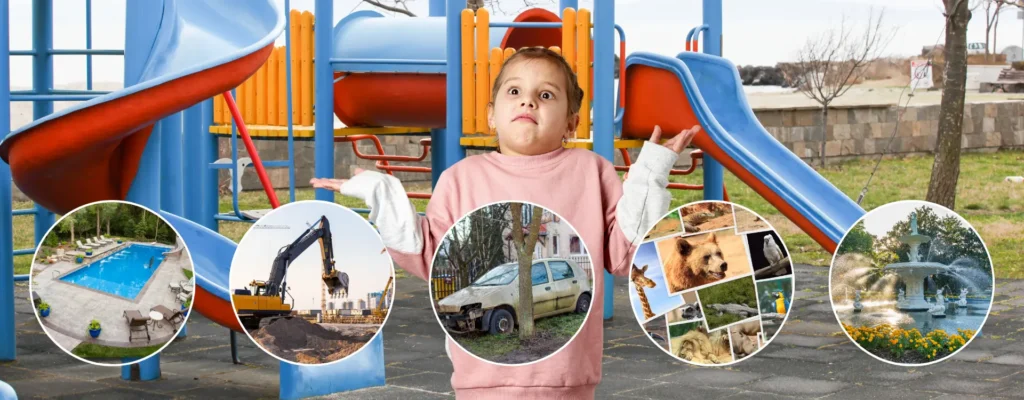The concept of “attractive nuisance” has undergone significant legal transformations in California, impacting property owners and visitors alike.
This blog delves into the intricate evolution of the attractive nuisance doctrine in California law, exploring its definition, historical context, and the current legal obligations of property owners. We will also discuss practical examples and the importance of understanding premises liability, offering valuable insights for both property owners and those affected by such nuisances.
Do you need compassionate support and effective representation?
No fees unless we win. Available 24/7.
What is an Attractive Nuisance? Definition
The term “attractive nuisance” applies to a condition on a property that both attracts children and poses a danger to them.
Historically, this concept held property owners liable for injuries sustained in areas where children are likely to trespass due to an enticing hazard, such as a swimming pool, trampoline, or a large treehouse. These features, while appealing, often come with risks not fully understood by kids.
Is the Attractive Nuisance Doctrine Still Recognized
in California?
California law no longer recognizes the attractive nuisance doctrine, BUT property owners still have a responsibility to keep their premises safe.
Historically, the attractive nuisance doctrine in California was a legal principle that held property owners liable for injuries to children who trespassed due to an enticing hazard on their property, such as a pool or trampoline. However, in 1970, following the court case Beard v. Atchison, Topeka & Santa Fe Railway Company, this doctrine was abolished in the state.
Today, rather than specific regulations concerning trespassing children, California property owners are obligated to maintain their property in a safe condition for all, including taking reasonable steps to prevent injuries from potential hazards.
Changes in Premises Liability Law Since 1970
The elimination of the attractive nuisance doctrine has broadened the scope of premises liability in California. Property owners are now required to exercise reasonable care for all individuals on their land, irrespective of the visitor’s legal status (trespasser, licensee, invitee).
This includes regular inspections of the property for any dangerous conditions and warning others of hazards that may not be obvious, especially areas that might be considered an attractive nuisance.
If a property owner fails to meet these obligations, they could be liable for injury caused on their property, regardless of whether the hurt party is an adult or a child. Premises liability laws not just protect the children but adults as well.
The focus is on the reasonable maintenance of the property to prevent injuries. Regular inspections for dangerous conditions and appropriate warnings about non-obvious hazards are essential components of this duty.
Attractive Nuisance Examples

What is an attractive nuisance? The concept of attractive nuisance can include a variety of features or conditions. Here are some attractive nuisance examples:
Swimming Pools and Ponds
Bodies of water like swimming pools and ponds are often irresistible to children but can pose significant drowning risks.
Trampolines and Playground Equipment
Equipment like trampolines, swings, or slides can attract children but also pose risks of falls and injuries.
Construction Sites
Open construction sites with machinery, tools, and unfinished structures can be fascinating to children but extremely hazardous.
Abandoned Vehicles or Appliances
Old cars, refrigerators, or freezers may become playgrounds for children but can be dangerous due to risks of entrapment or injury.
Landscaping Features
Features like fountains, wells, or tunnels can be intriguing but risky for children who may not understand the danger.
Dangerous Animals
Pets or other animals, particularly if they are unsecured, can attract children’s curiosity but may be aggressive or dangerous.
Property owners must recognize these potential hazards and take reasonable steps to prevent access or provide adequate warnings.
The Role of Property Owner’s Knowledge
Under the current legal framework, a significant aspect to consider is the property owner’s awareness of the dangerous condition. If the property owner knew or should have reasonably known about the danger and failed to address it, they could be considered negligent. This principle applies irrespective of the age of the injured party.
Protecting Against Liability
For California property owners, mitigating liability involves proactive steps to minimize hazards, especially those that might attract children. Erecting barriers, such as fencing around pools, or providing clear warning signs, can significantly reduce the risk of accidents and subsequent legal liability. Regular property inspections and prompt action to address any identified hazards are crucial.
Hiring a Premises Liability Attorney in CA
In cases where an injury occurs due to a dangerous condition on someone else’s property, consulting with a California personal injury attorney is advisable. These legal professionals are knowledgeable about the nuances of local premises liability laws, including the handling of cases that might have previously fallen under the attractive nuisance doctrine.
An experienced premises liability, trip and fall, or slip and fall attorney in California can guide injured parties through the process of claiming damages and help determine the reasonableness of the property owner’s actions in maintaining safety.
Negligent Property Owners May Be Liable of Injuries Caused in Their Property. If You Were Hurt in An Accident, Call RTM Law Firm.
Free Case Review.
The concept of attractive nuisance in California has evolved into a more comprehensive approach under premises liability law. Property owners bear a significant responsibility to ensure their property is safe for all visitors, with special consideration for children.
If you or a loved one has suffered an injury on someone else’s property, it’s crucial to seek legal advice. You can file a premises liability case. Reach out to RTM Law Firm for assistance and representation in these matters. We don’t charge any fees until we win.
Call (949) 2874342 for a free consultation, or fill out our contact form.
Do you need compassionate support and effective representation?
No fees unless we win. Available 24/7.




